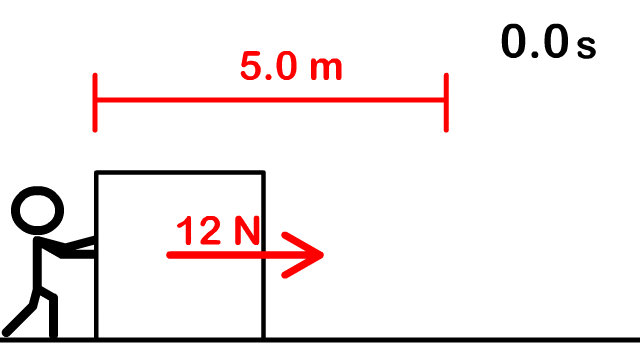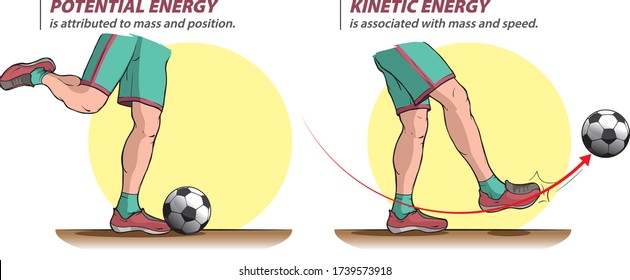INTRODUCTION
The Work, power, and energy calculator are designed for education, for students learning physics, it enables the physics students to calculate work, power, and energy through various functions incorporated in this calculator.
The work, power, and energy tabs to the right contain buttons that have pop-up calculators that enable users to perform calculations after inputting the required values. In the pop-up calculators at the top, we have the equations then below them we have input fields where you input the values and to the left of the input fields, we have a unit conversion drop-down list that will allow the user to select the units they wish to use, and the bottom it has a field that displays the answer.
WORK (WORK TAB)
In Physics, work performed by an object is understood as the amount of energy that needs to be supplied to move the object by a certain distance. For example, it can be the energy required to carry heavy bags up the stairs. it is calculated as force multiplied by the displacement an object travels. It is measured in joules (J), expressed as kg·m²/s² in SI units, or kilowatt-hours (kWh). The formula for calculating work is:
W = F.d 



W - work done
F - Force
d - Distance
POWER (POWER TAB)
Power is the amount of work done in a certain amount of time. The higher the power of a device, the more work it can perform in a given period. It is measured in watts (W), equivalent to kg·m²/s³ in SI units. In this tab, we have functions for calculating power and electrical power with parameters such as resistance, current, and voltage. The formulas for power is:
P = W/T W- Work done (F.d)
P = R.I2 T- Time
P = VI P - Power
P = V2/R V - voltage
I - Current
R - resistance
ENERGY (ENERGY TAB)
Energy is defined as the ability to do work, which is the ability to exert a force causing displacement of an object. Despite this confusing definition, its meaning is very simple: energy is just the force that causes things to move.
Energy is divided into two types: potential and kinetic. The best way to think about them is that potential energy occurs before an action, and kinetic energy happens during an action. Imagine you are holding your physics textbook up in the air. It has the potential to drop, just because of its high position. If you let the textbook drop, the potential energy is converted into kinetic energy, the energy in the movement itself.
The formulas for calculating energy is:
E = K.E + P.E K.E - Kinetic Energy
K.E = 1/2m(v2-v1)2 P.E, U(y) - Potential Energy
U(y) = m.9.8.y m - mass
y - height
v2 - final velocity
v1 - initial velocity
REFERENCES
- Wikipedia - https://en.wikipedia.org/wiki/Work_(physics)
- the physics classroom - https://www.physicsclassroom.com/class/energy/Lesson-1/Power
- the physics classroom - https://www.physicsclassroom.com/class/energy/Lesson-1/Potential-Energy